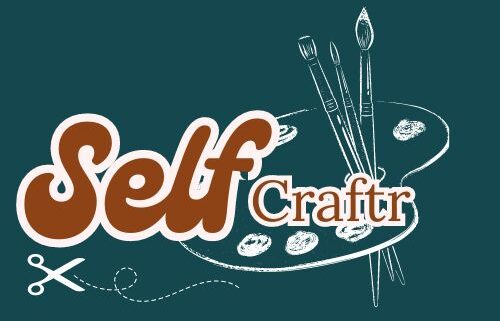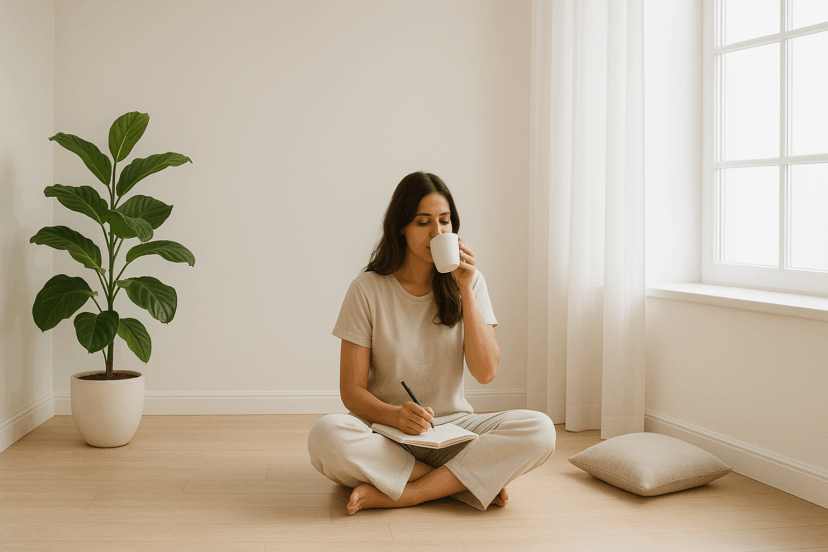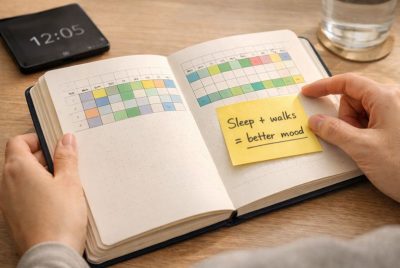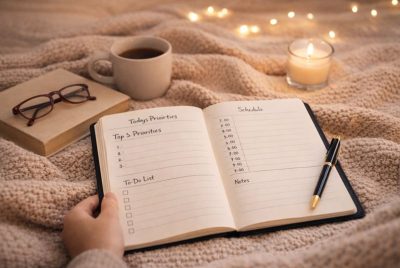The Minimalist Lifestyle: How To Declutter Your Space for Mental Clarity
We may earn a commission for purchases made using our links. Please see our disclosure to learn more.
In a world that constantly urges us to buy more, do more, and be more, the minimalist lifestyle offers a much-needed pause. Within the first 100 words of this article, you’ll begin to see why minimalism isn’t about owning nothing—it’s about making space for what truly matters. By decluttering your physical surroundings, you invite clarity, peace, and purpose into your daily life. Your mind will appreciate it, I promise.
What Is the Minimalist Lifestyle?
Minimalism isn’t just an aesthetic—it’s a mindset. Living minimally means intentionally focusing on what adds value and letting go of what doesn’t. It’s not about white walls or a single pair of shoes. It all comes down to matching your ideals with your space.
Minimalists prioritize function, calm, and freedom over accumulation. By doing so, they free up more time, energy, and mental bandwidth to enjoy what really matters.
Why Decluttering Affects Your Mental Health
Ever walked into a messy room and instantly felt overwhelmed? You’re not alone. Clutter can trigger anxiety, stress, and even guilt. In contrast, tidy, open spaces promote calmness, focus, and even better sleep.
Scientific research supports this. A UCLA study found that women who describe their homes as “cluttered” experience higher levels of cortisol, the stress hormone. So when you clear your space, you’re not just cleaning up—you’re healing your mind.
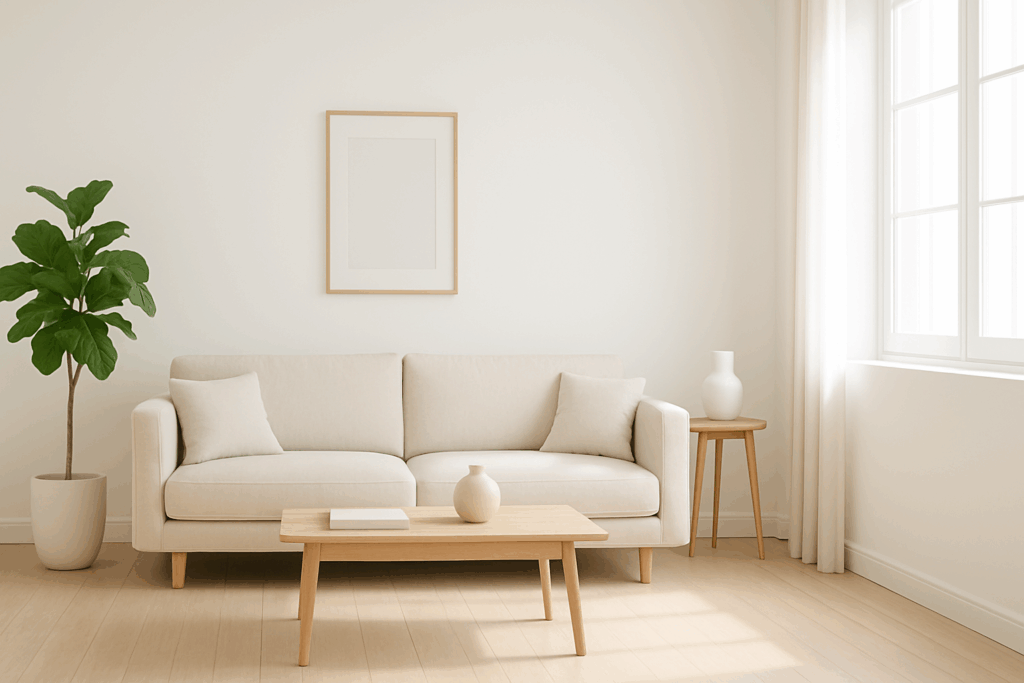
Signs Your Home (and Mind) Need Minimalism
- You often feel anxious at home
- You can’t find things easily
- You buy duplicates unknowingly
- You feel exhausted by your to-do list
- You procrastinate decluttering because it feels “too much”
If these resonate, a minimalist lifestyle could be exactly what you need.
How To Start Your Minimalist Journey
Step 1 – Set Your Intentions
Ask yourself: Why do I want to live more minimally? Is it for peace? Productivity? Less stress? Your “why” will guide you when the decluttering gets tough. In fact, setting clear and realistic goals is a critical first step to success in any lifestyle change—including minimalism. If you’re unsure where to begin, this article on why it’s important to set realistic goals offers helpful guidance.
Step 2 – Start Small, Think Big
Decluttering your entire home overnight isn’t realistic. Begin with a single shelf or drawer. Momentum is your best friend.
Step 3 – The One-Year Rule
If you haven’t used it in the past year, chances are you won’t. Give it away, sell it, or throw it away. Be honest—your space is prime real estate.
Step 4 – Let Go with Gratitude
Inspired by the KonMari method, thank each item before letting it go. This mindset shift transforms guilt into growth.
Minimalist Home Zones: Room-by-Room Decluttering Tips
Kitchen
Keep only essential utensils. Ditch duplicates. Store items by use: daily, occasional, or seasonal. Clear countertops = a clear mind.
Bedroom
Use under-bed storage. Use just neutral colors to create a soothing feeling. Keep surfaces free of clutter to encourage restful sleep.
Living Room
Limit décor to meaningful pieces. Invest in multi-purpose furniture—think ottomans with storage. Store remotes and chargers out of sight.
Bathroom
Toss expired toiletries. Use a single tray to hold essentials. One shampoo, one soap, one lotion—keep it simple.
Digital Declutter
Unsubscribe from unused services. Delete old apps. Organize files into labeled folders. A clean desktop boosts productivity.
Backed by Science: How Clutter Affects Your Brain and Stress Levels
Minimalism isn’t just a trendy aesthetic—it’s grounded in science. Two compelling studies reveal how clutter directly influences our mental clarity and emotional well-being.
UCLA Study Links Clutter to Elevated Cortisol
Researchers at UCLA’s Center on Everyday Lives of Families followed 32 middle-class families over several months. The result? A clear connection between cluttered homes and increased stress levels—especially in women. Women who described their homes as “cluttered” or “full of unfinished projects” showed significantly higher cortisol levels, the hormone tied to stress and anxiety. This groundbreaking study highlights how the emotional toll of clutter isn’t just perceived—it’s physiological.
📖 Explore the UCLA study on clutter and stress in everyday family life
Yale Study Reveals Visual Clutter Disrupts Brain Function
Meanwhile, researchers at Yale University discovered that clutter doesn’t just raise stress—it also interferes with how we think. Published in Neuron, their research shows that visual clutter disrupts information processing in the brain, making it harder to focus and complete tasks. When your environment is chaotic, your brain has to work harder to filter out irrelevant stimuli.
📖 Read how visual clutter impacts the brain’s processing power
Recommended Minimalist-Friendly Products
Minimalism doesn’t mean you never buy anything—it means you buy smart. Here are a few tools to simplify your space:
- SimpleHouseware Foldable Storage Cubes – Functional, stylish, and perfect for hidden storage.
- Marie Kondo’s “The Life-Changing Magic of Tidying Up” – A must-read mindset shift for any minimalist beginner.
- Bamboo Drawer Dividers – Instantly tidy up kitchen or dresser drawers.
- Digital Label Maker – Helps you organize files, boxes, and shelves.
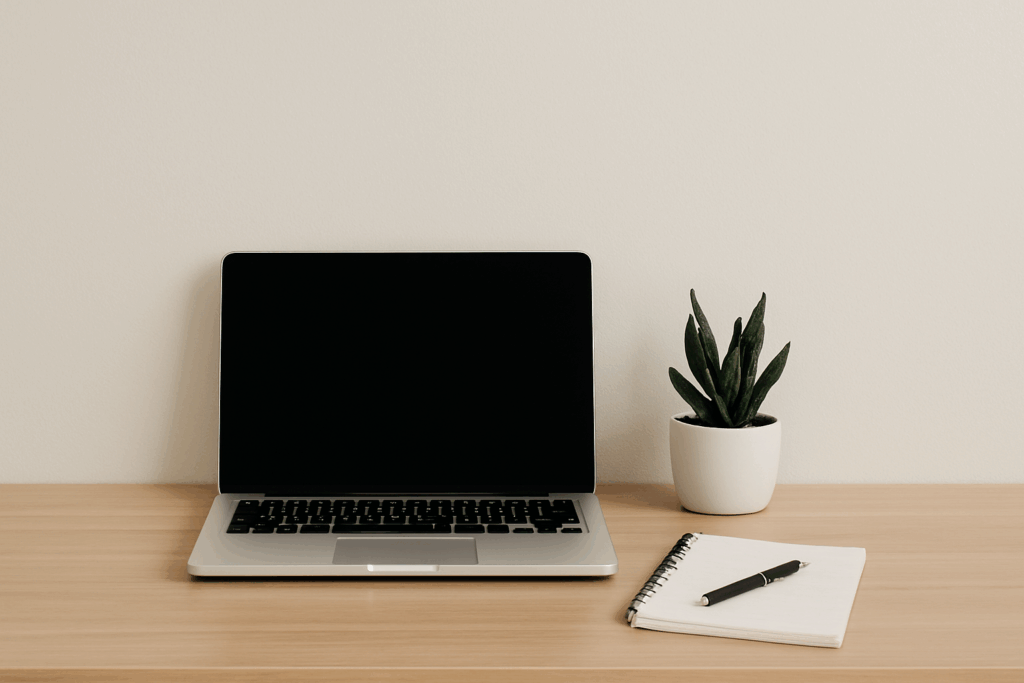
Minimalism Isn’t About Deprivation—it’s About Freedom
Some think minimalism is cold or boring, but the truth is the opposite. When you own less, you have more room—physically and emotionally—to live with intention. You stop chasing “stuff” and start embracing experiences, connection, and inner peace.
This isn’t about restriction. It’s about liberation.
Final Thoughts: A Calmer Home, A Clearer Mind
Decluttering your space is one of the most empowering things you can do for your mental health. It’s a practice, not a one-time purge. Whether you’re new to the minimalist lifestyle or already on the path, remember: progress over perfection.
Take a single, small step today. Clear a corner, donate a shirt, delete ten files. Bit by bit, you’re making room for clarity.
FAQs About the Minimalist Lifestyle
1. Is the minimalist lifestyle suitable for families with kids?
Absolutely. Minimalism can help families prioritize quality time and create more functional, peaceful homes. It’s all about balance, not bare walls.
2. How do I maintain a minimalist home long term?
Use a one-in, one-out rule. Every time you bring something new in, let go of something else. Review your space monthly.
3. Can I be a minimalist if I love decorating?
Yes! Minimalist decor focuses on meaningful, intentional pieces. Give your space breathing room and prioritize quality over quantity.
4. What if discarding gifts makes me feel bad?
Remember that the goal of a gift is to make someone happy. If it no longer serves you, it’s okay to let it go—with gratitude.
5. Does minimalism apply to digital life too?
Definitely. A minimalist digital life means fewer distractions, better focus, and more control over your time.
